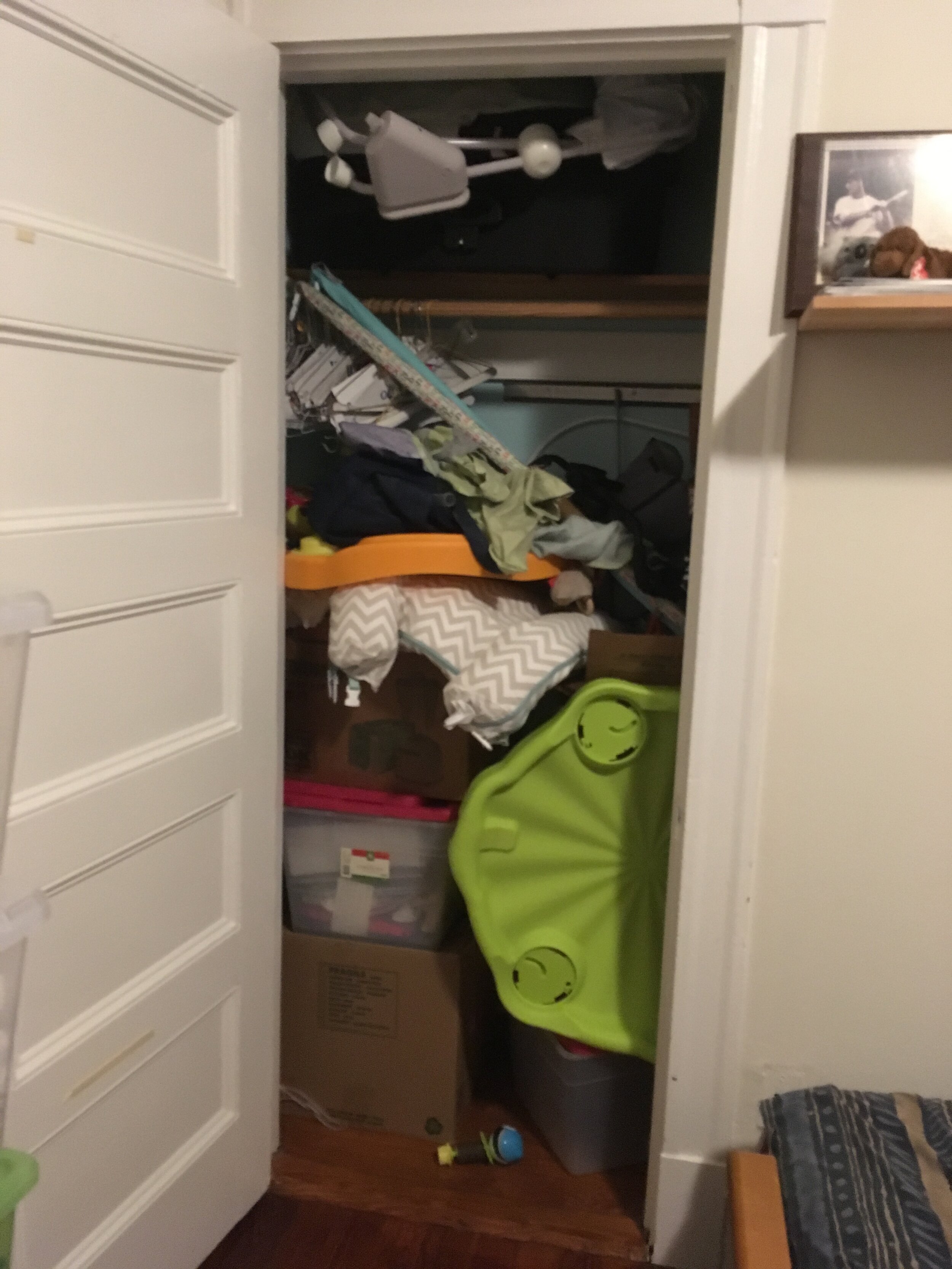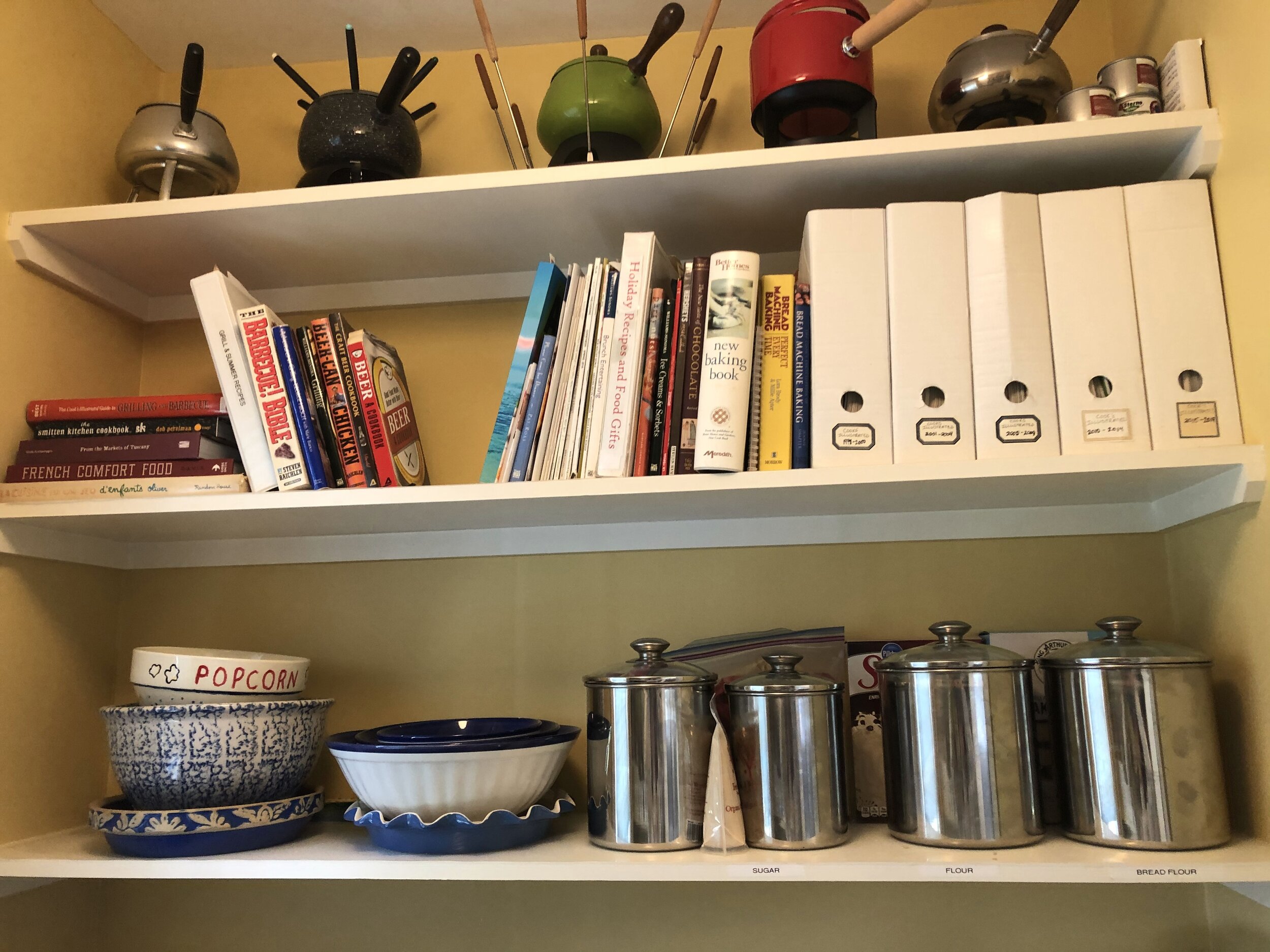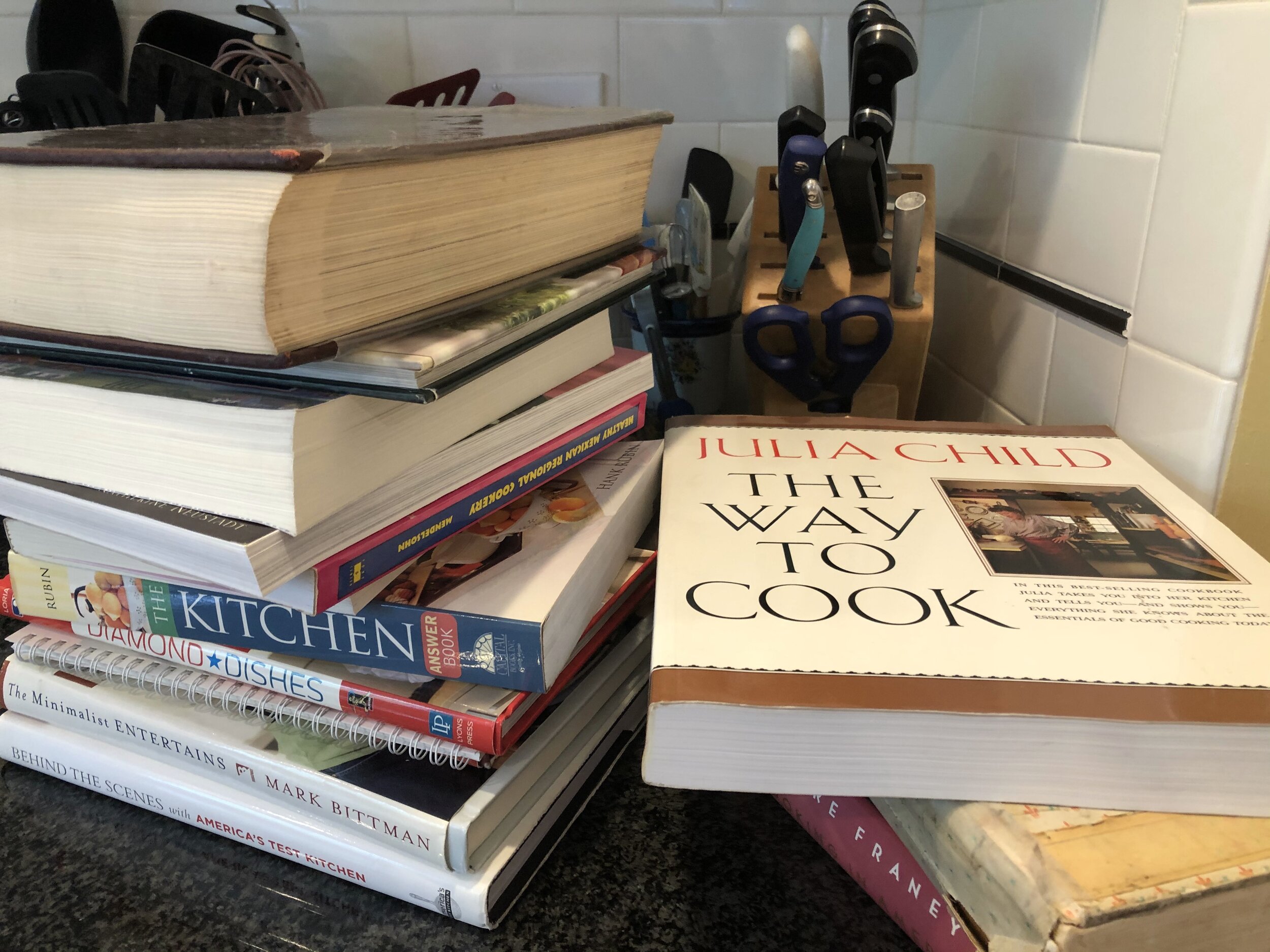Pantry Bins Reorganization
/I wrote a post during the middle of the pandemic when everyone seemed to be buying bins—thanks to a few popular home organizing shows on Netflix. While organizing isn’t just about the bins, I recently realized that my pantry canisters were far from efficient.
During the pandemic we baked and baked, and I accumulated a few more types of flour, in addition to trying to store larger amounts of ingredients. At the same time, one of my stainless steel round canisters got really beat up and bent so that the lid wouldn’t fit tightly anymore. I loved these glass-top, stainless steel canisters that were a wedding gift more than 20 years ago…but they just weren’t working anymore.
I always tell clients to use their vertical space, and as the before photo shows, I had a lot of empty space. I measured and searched for new square bins that would allow me to stack two in the space. I found some online that were perfect for stacking and bought two sets. Now I can store much more in the same amount of space!


































